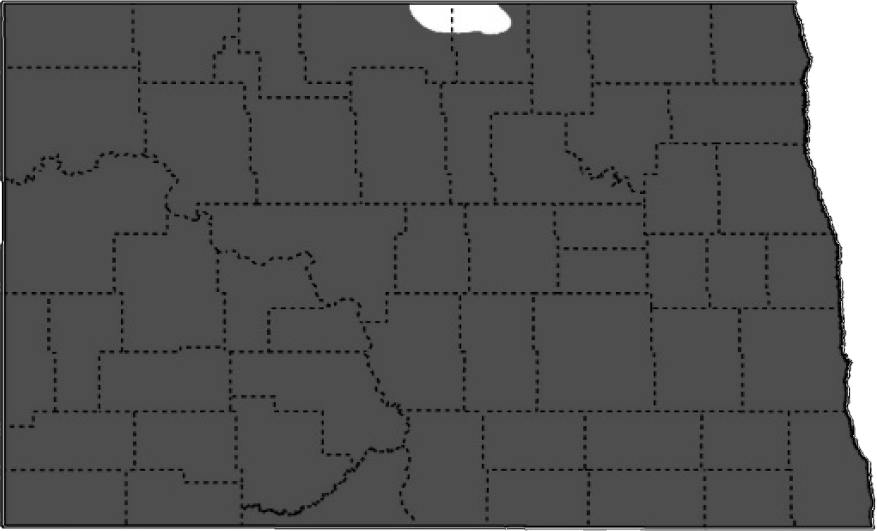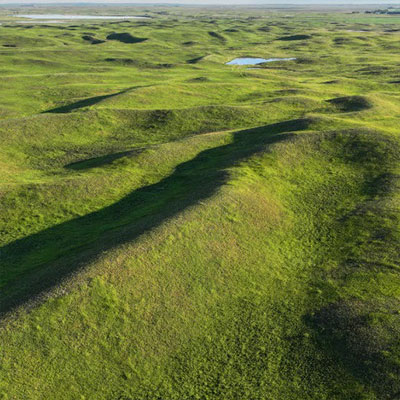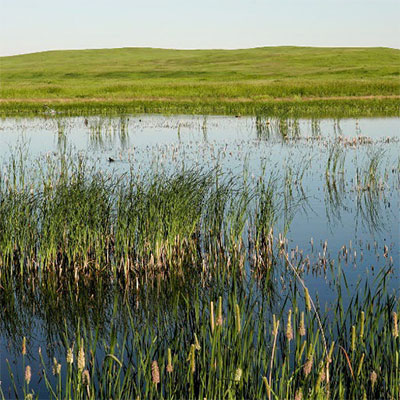Short-eared Owl

NDGF
L 15”, WS 38”, 12 oz. Yellowish-brown, spotted back and subtle ear tufts on a large round head.
Status in North Dakota
Year-round. Some may be migratory or overwintering only. Peak breeding season early April to mid-August.
Reason for SWAP Designation
At-risk, recent regional or global assessments (SGCN c.).
ND ranks 9th out of 12 states for highest percent of the global population (0.19%) during the breeding season (eBird).
The peak week for Short-eared Owl migration in ND (~19-Apr) hosts >5% (6.1) of the global population.
Holarctic, large distribution.
The Short-eared Owl is declining, 65% population loss since 1970 (PIF).
Threats
Loss of grassland and loss of grassland/wetland complexes.
Loss and degradation of wetlands, drainage and wetland consolidation.
Classified as climate-endangered, Short-eared Owl is projected to lose more than half of its current distribution by 2050, with no net gains of new areas (Audubon).
Early cutting/mowing may destroy nests or young.
Changes in the population size may be closely related to vole populations.
The use of insecticides and rodenticides may reduce prey availability.
Collisions with man-made structures and vehicles occur.
Research and Monitoring
Habitat requirements have been researched on the breeding grounds.
Additional information is needed on migration and wintering behaviors.
Monitoring the species population, habitat or response to management is challenging due to their nomadic nature and low site fidelity.
Management Recommendations
- Protect areas where complexes of wetlands and large blocks of grassland remain intact.
- Reconstruct or restore grassland adjacent to existing tracts of grassland.
- Use tall, dense native grasses when replanting or restoring grassland.
- Periodically burn, mow, or graze to maintain an accumulation of residual vegetation.
- Delay mowing, haying or burning grasslands until after August 1.
- Minimize human disturbance near nests.
- Follow beneficial or best practices during the design, siting, construction, operation, and maintenance of tall structures (e.g. transmission lines, communication towers, wind turbines).




